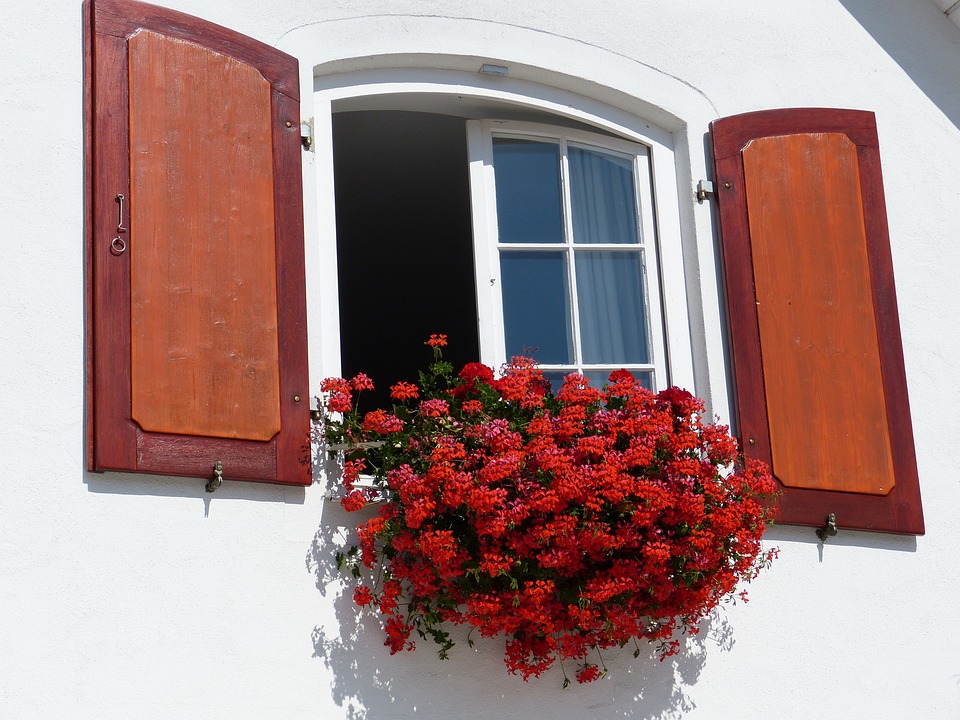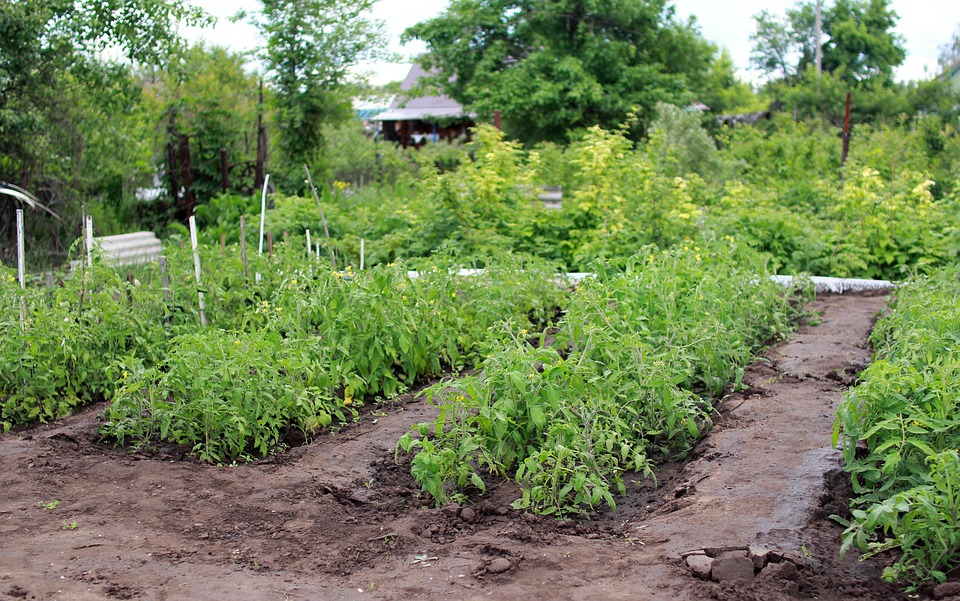Indoor Garden
-
Sustainable Solutions: Indoor Vertical Gardens as a Green Alternative for Food Production
Indoor vertical gardens are a sustainable solution for food production. They maximize space, reduce water consumption, allow for year-round production, eliminate pesticide use, and improve air quality. Various techniques, such as hydroponics and aeroponics, are used to create these gardens. They have practical applications in residential spaces, commercial buildings, urban farms, and educational institutions. Indoor…
Categories: Indoor Garden -
Scaling New Heights: Discovering the Potential of Indoor Vertical Farms
Indoor vertical farms utilize advanced technologies to grow crops in stacked layers, providing increased crop yield, year-round production, reduced water usage, and shorter supply chains. They have applications in urban agriculture, contribute to green initiatives, and offer educational opportunities. Indoor vertical farms also have positive economic and environmental impacts by creating jobs, conserving resources, mitigating…
Categories: Indoor Garden -
Unleash Your Green Thumb: The Ultimate Guide to Successful Indoor Gardening
This content is a guide to successful indoor gardening. It covers topics such as choosing the right plants, creating an optimal environment, watering and drainage, fertilizer needs, dealing with pests and diseases, caring for specific plant types, and frequently asked questions.
Categories: Indoor Garden -
Bringing Nature Indoors: Unleashing the Power of Indoor Vertical Gardening
Indoor vertical gardening is a popular way to bring nature into your home. It maximizes limited space, improves air quality, reduces stress, enhances productivity, and allows for food production. To start, choose suitable plants, set up vertical structures, use proper soil and fertilization, ensure adequate lighting and watering, and consider using modular systems. Some recommended…
Categories: Indoor Garden -
From Skyscraper to Salad: Inside the World of Vertical Farming
Vertical farming is an innovative solution to challenges faced by traditional agriculture. It allows for year-round crop production, reduces land and water usage, and utilizes advanced technologies. It has the potential to improve food quality, accessibility, security, and reduce reliance on harmful chemicals. However, it also faces limitations such as high setup costs and specific…
Categories: Indoor Garden -
Boost Your Wellbeing with Indoor Gardens: The Therapeutic Benefits of Gardening Indoors
Indoor gardening provides therapeutic benefits such as reducing stress, improving mental and physical health, promoting creativity, and reconnecting with nature. Different plants have varying sunlight and maintenance requirements. Vegetables and herbs can also be successfully grown indoors.
Categories: Indoor Garden -
Maximizing Small Spaces: The Art of Indoor Gardening for Apartment Dwellers
Learn how to create a thriving indoor garden in your small apartment. Choose the right plants, utilize vertical gardening, consider lighting, maximize space, and care for your plants effectively.
Categories: Indoor Garden -
Small Space, Big Impact: Unleashing the Potential of Indoor Vertical Gardens
Indoor vertical gardens maximize limited space, improve air quality, and regulate temperature. Choose shade-tolerant plants, consider vertical growth habits, and provide proper maintenance. Use wall-mounted planters, incorporate lighting, and explore vertical garden structures. Indoor vertical gardens can be enjoyed in any climate.
Categories: Indoor Garden -
Farming in the Sky: Unveiling the Architectural Wonders of Indoor Vertical Farms
Indoor vertical farming utilizes vertical spaces to grow crops in a controlled environment. It maximizes crop production, reduces water usage, and minimizes transportation costs. The architecture includes advanced technologies and smart automation systems. It offers a sustainable future for agriculture by reducing the carbon footprint and providing fresh produce to communities. However, there are limitations,…
Categories: Indoor Garden









